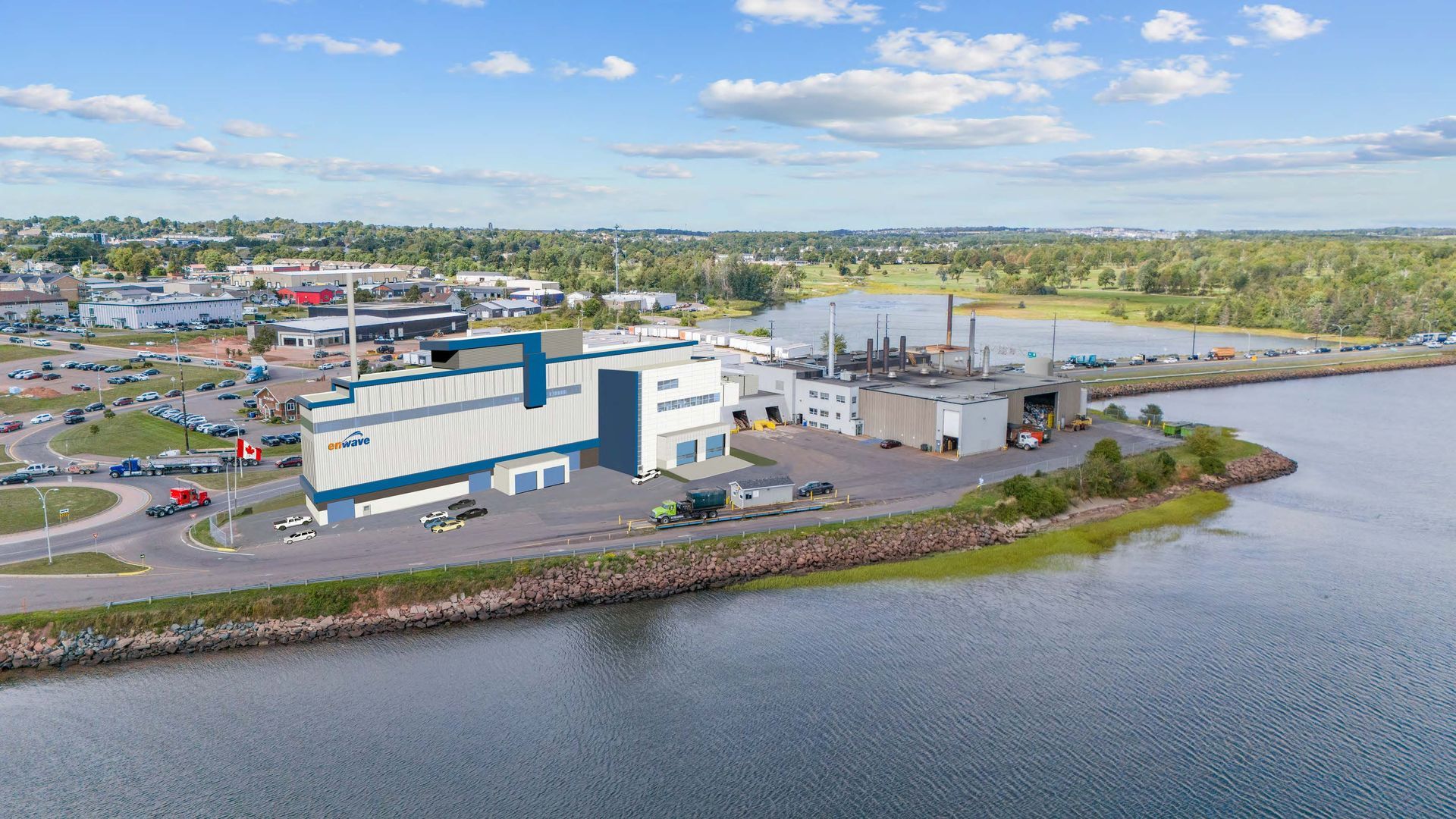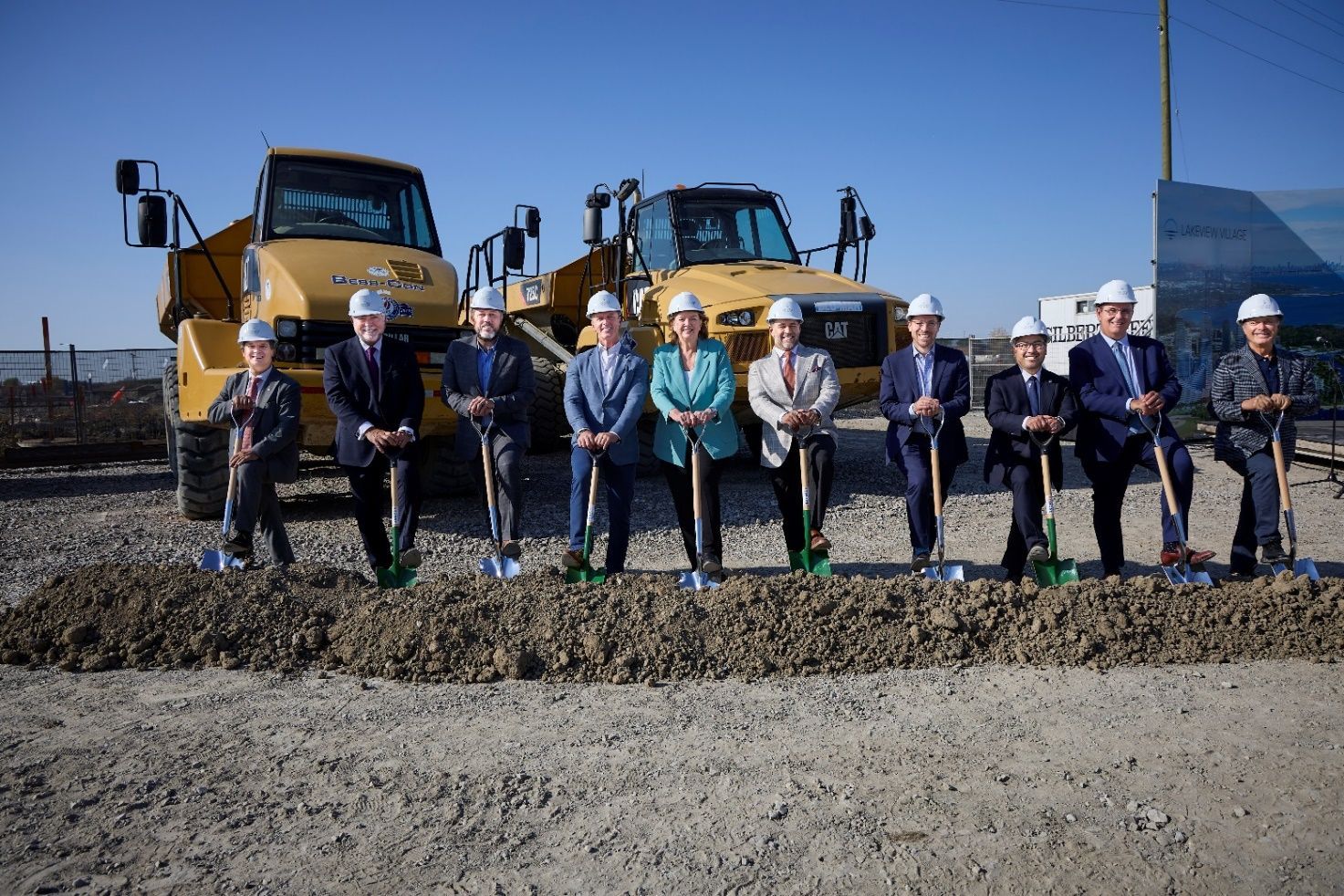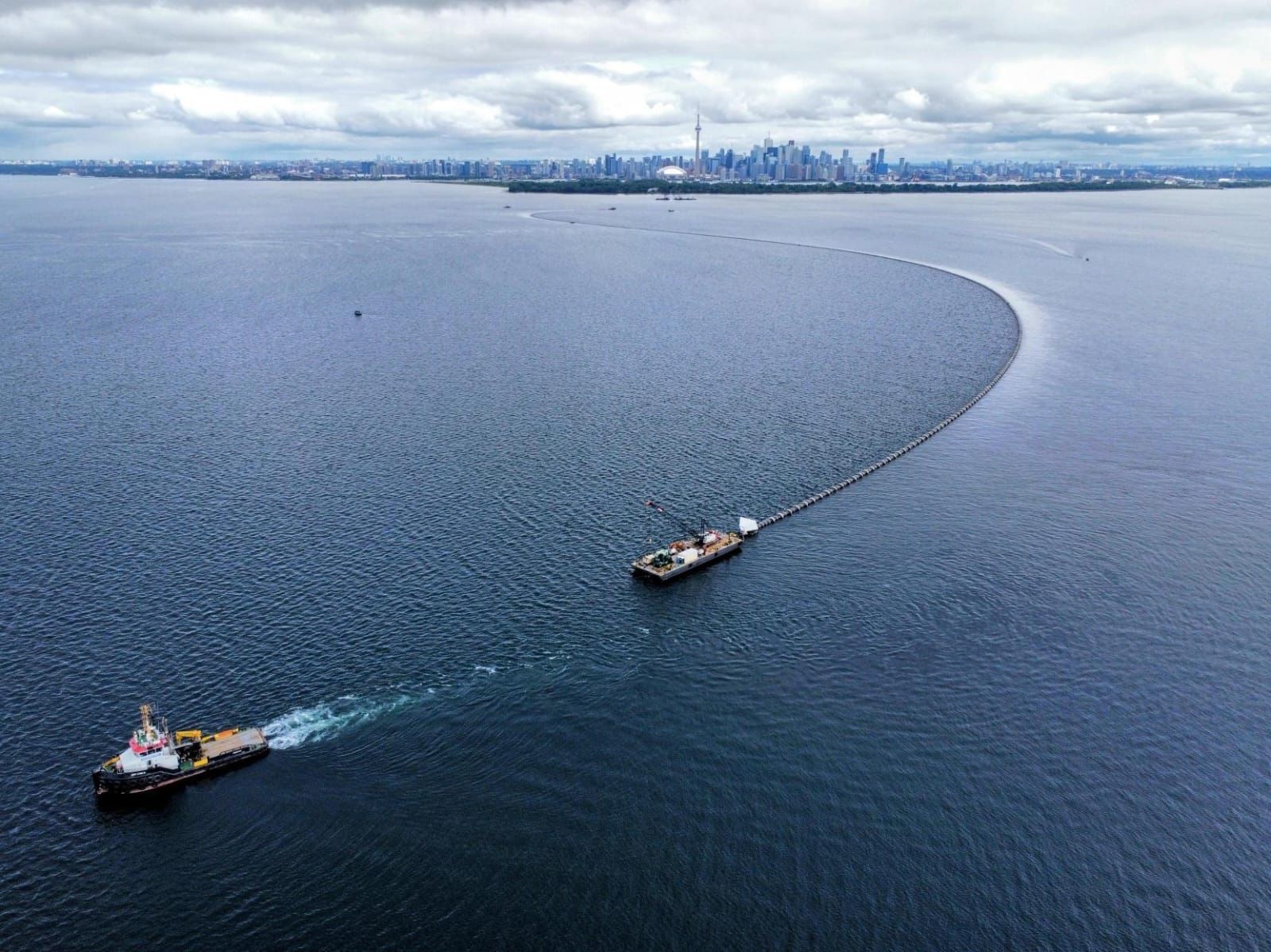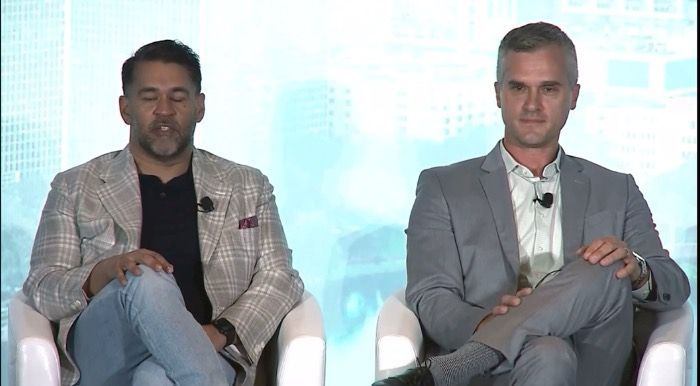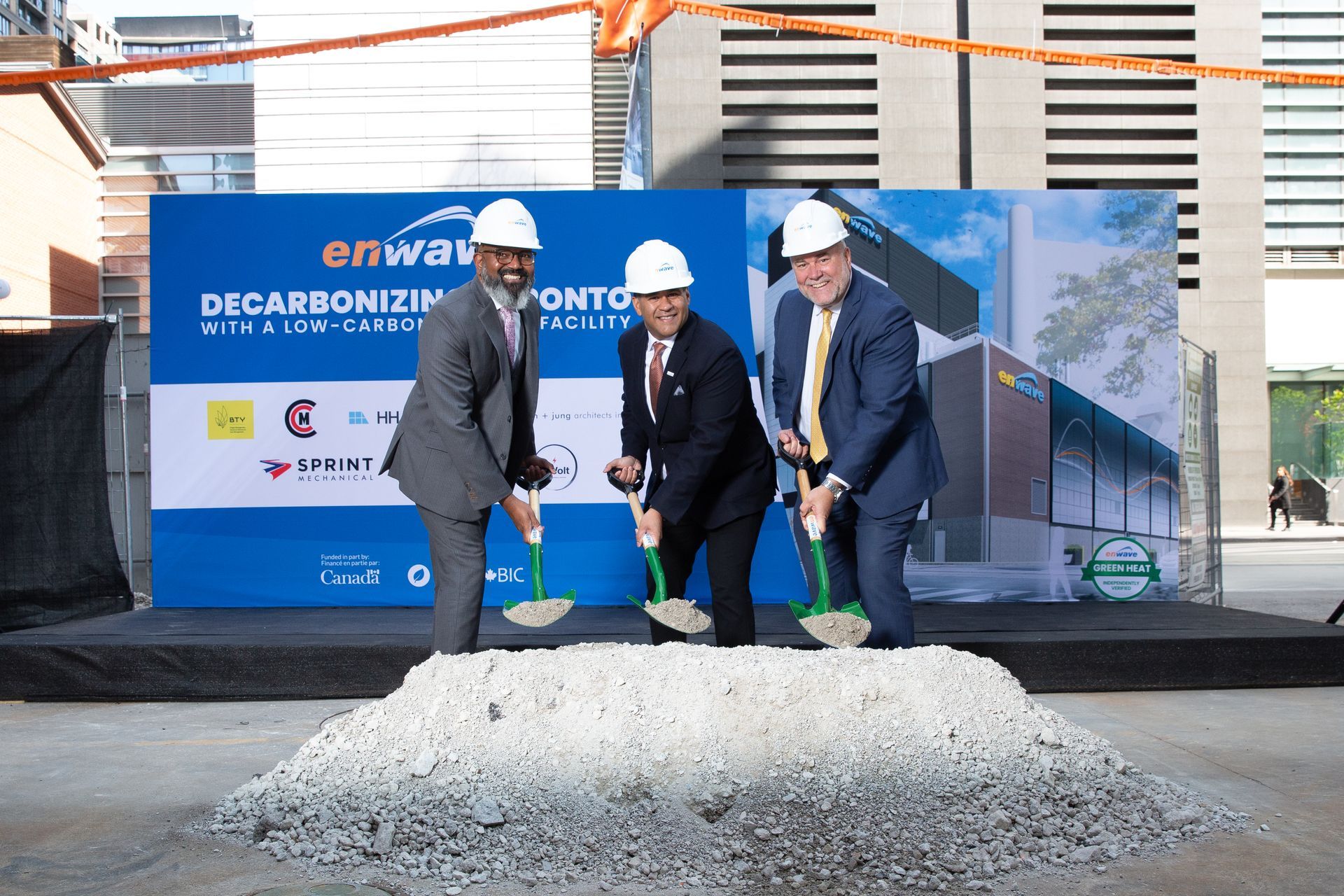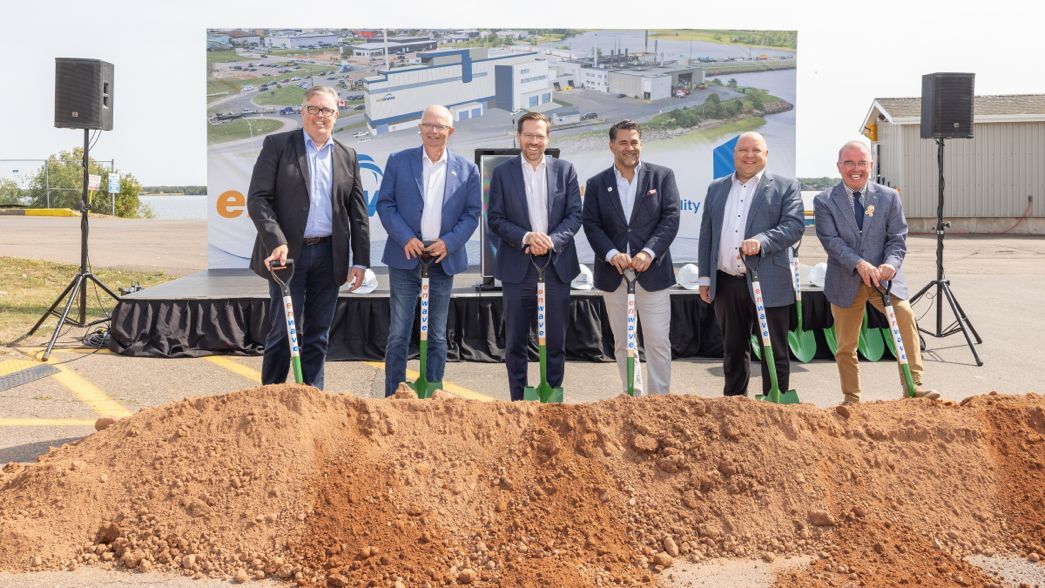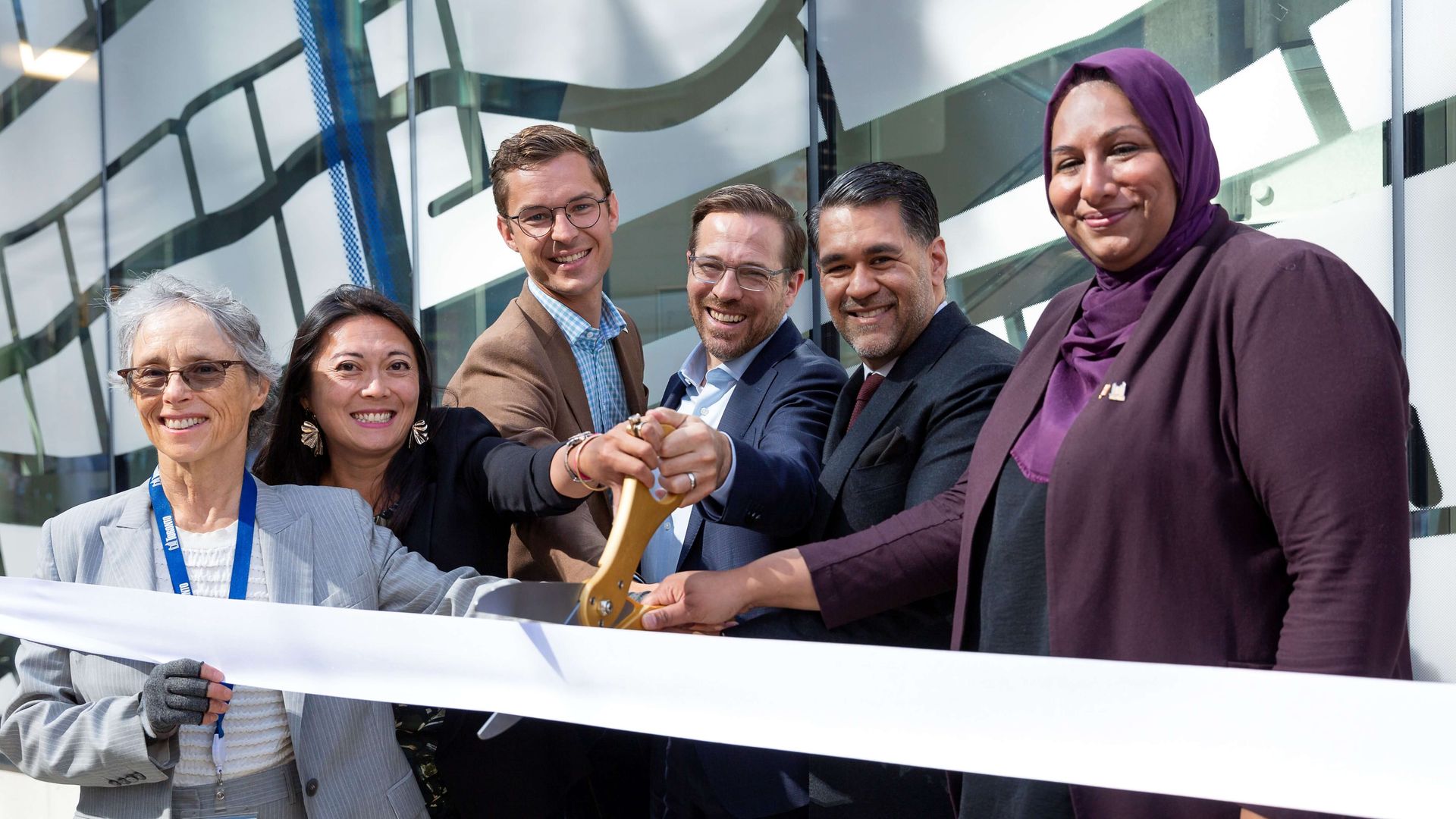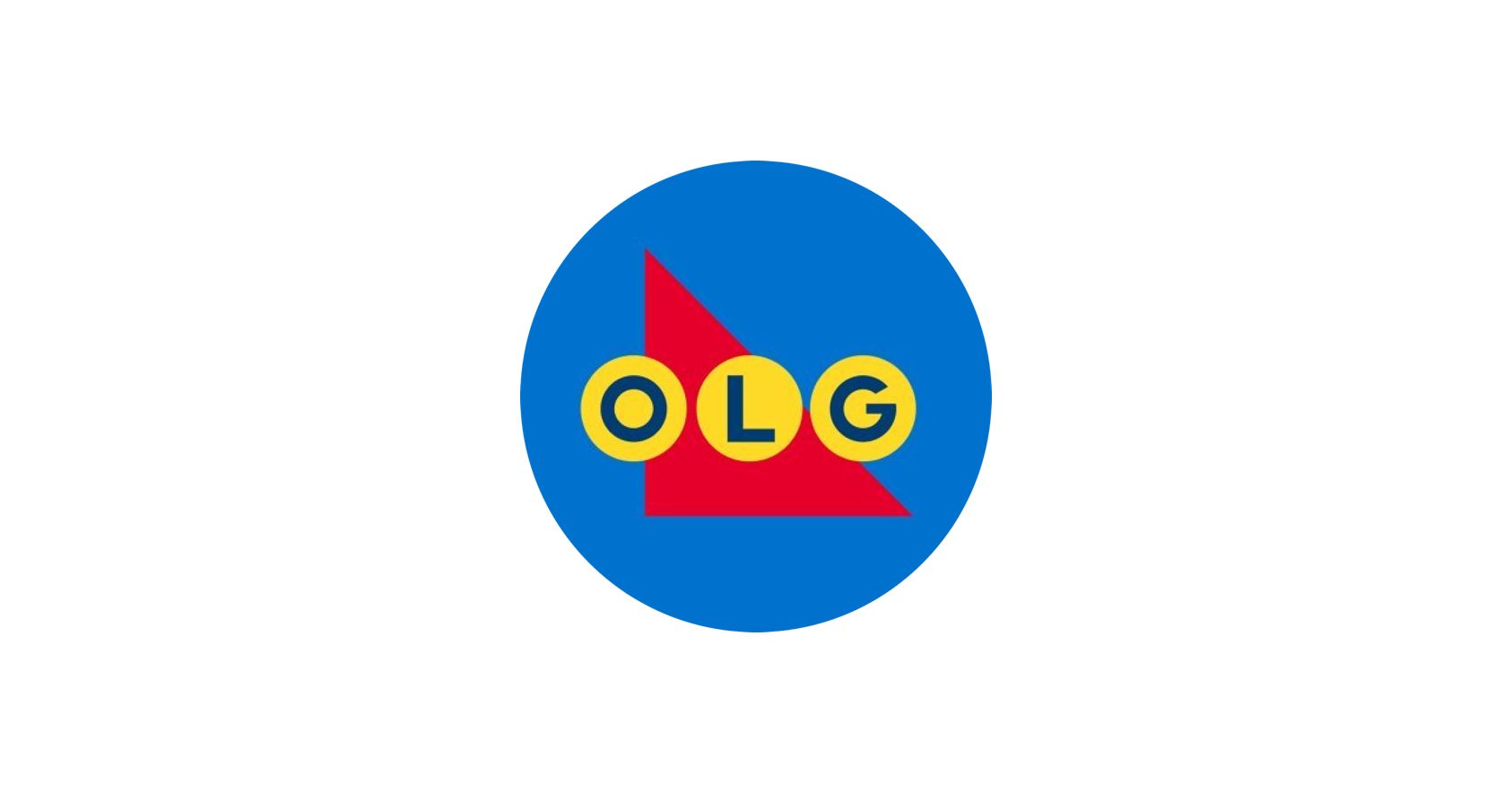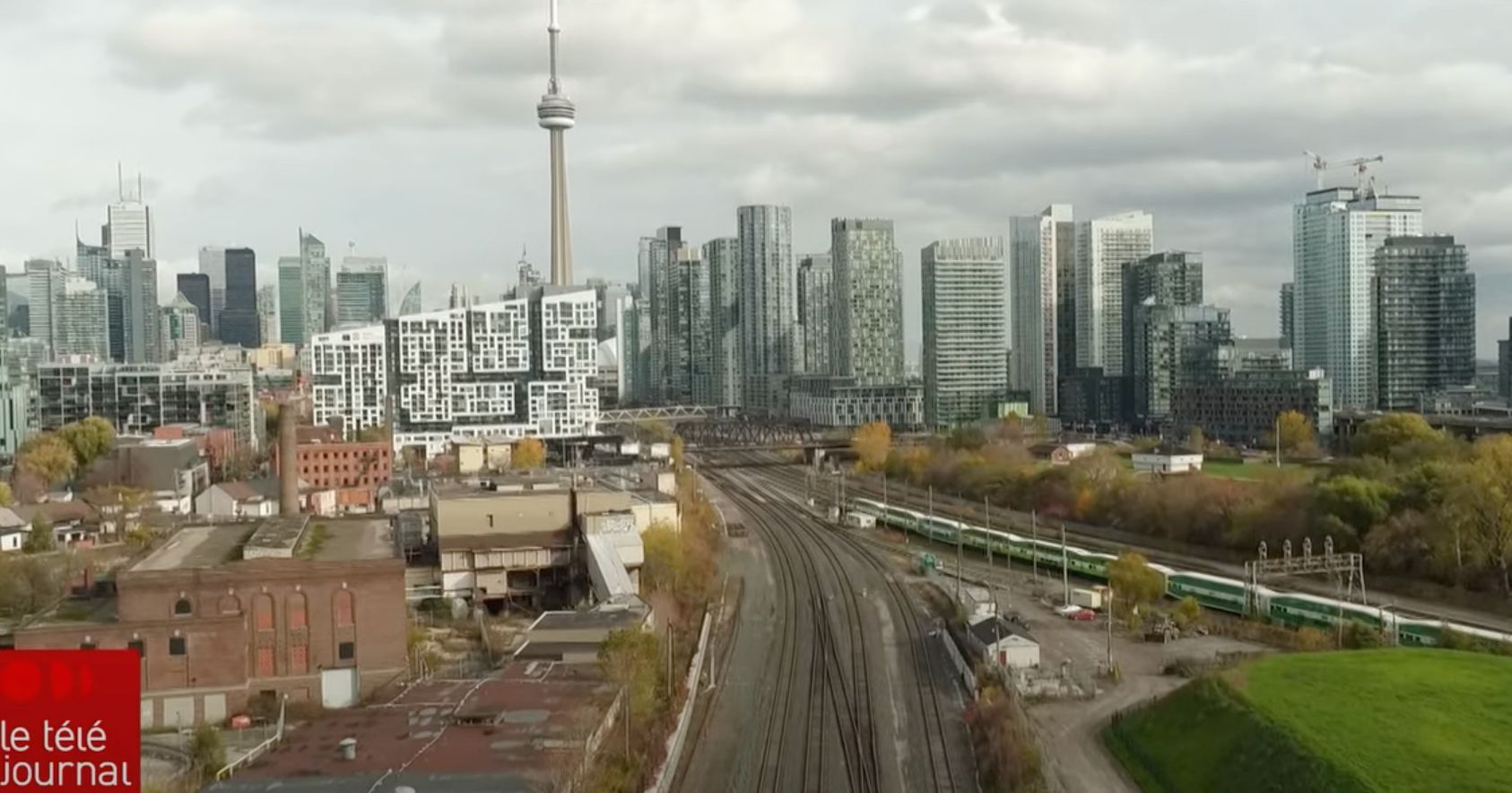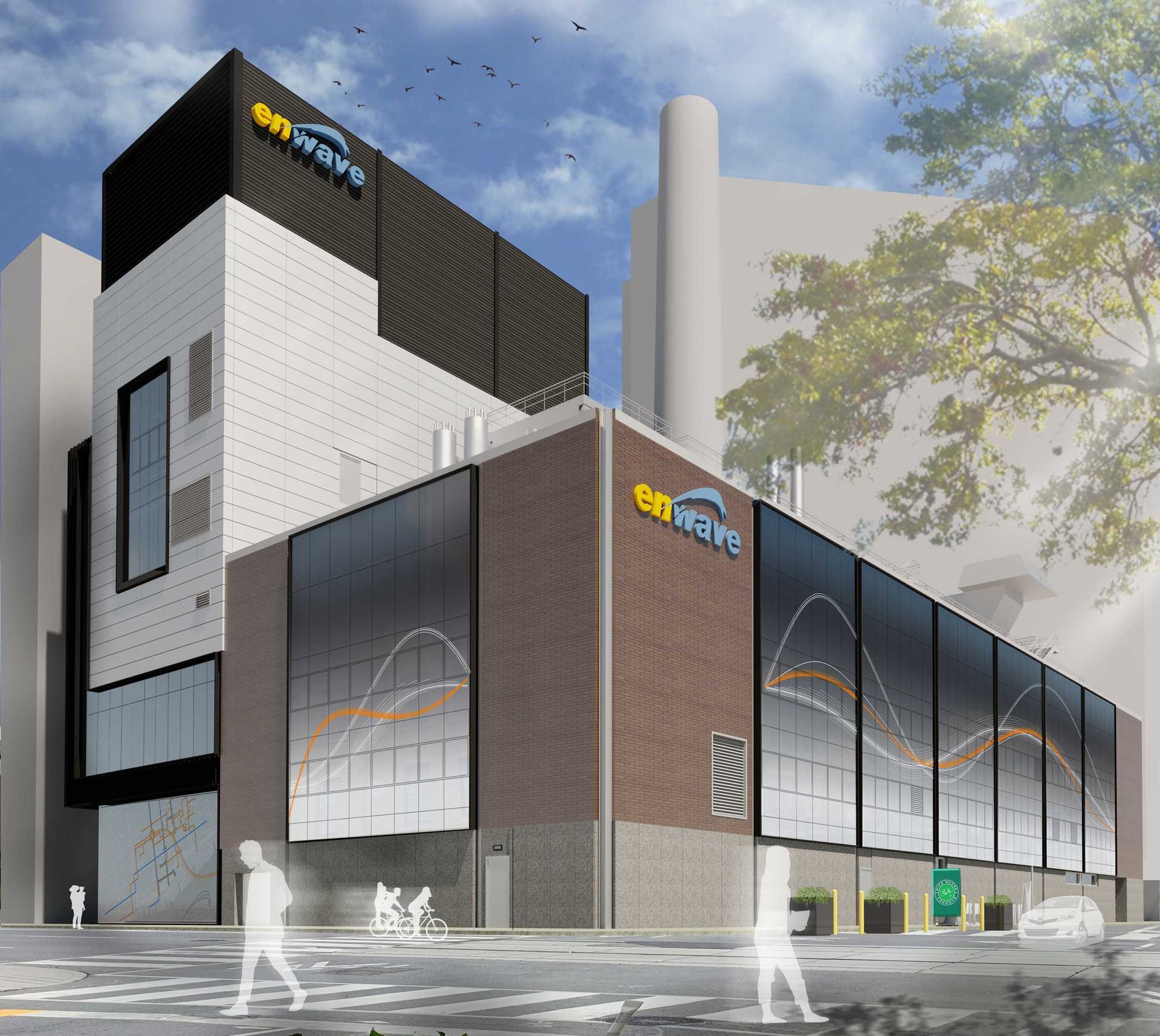Toronto is home to the world’s largest lake-powered cooling system. Here’s how it works.
Story by Tik Root
Graphics by Daisy Chung
Photos by Ian Willms
Updated Nov. 5 at 11:00 a.m.Originally published Nov. 5, 2021
With just minutes left in Game 5 of the 2019 NBA finals, the Toronto Raptors drained a 16-foot jumper to pull ahead by six points. Hardly a soul was sitting down or silent as fans cheered the team toward Canada’s first basketball championship.
But the sellout crowd also posed a challenge. The National Basketball Association requires arenas to be chilled to between 65 and 72 degrees Fahrenheit. And, left unchecked, the arena’s 20,144 attendees were likely to produce a sweltering mess that would set off alarms at league headquarters.
“People bring with them a lot of body heat,” said Kyle Lamkey, director of engineering for the arena. “Cooling is probably one of the most critical parts of our building.”
But unlike other sports venues, Scotiabank Arena doesn’t keep its temperatures in check using air conditioners. Toronto is home to the world’s largest deep lake water cooling (DLWC) system.
Conceptually, the technology is relatively simple. Instead of relying on energy-intensive compressors and chillers to dissipate heat from buildings, DLWC uses water from nearby Lake Ontario to whisk away the warmth.
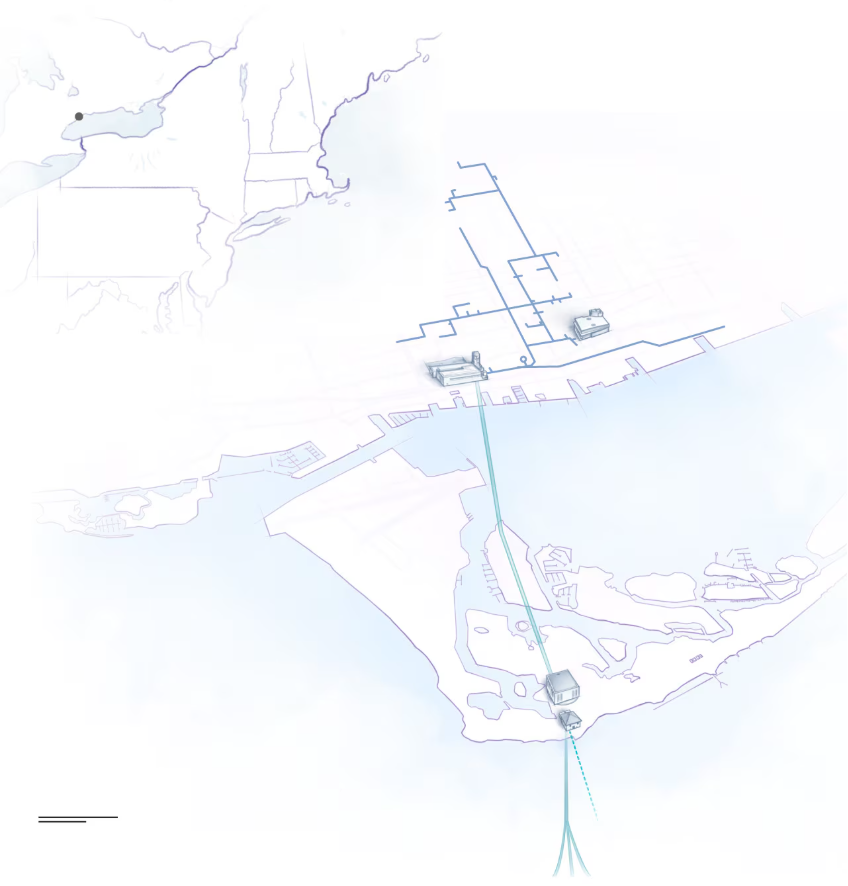
The system launched in 2004 with only a handful of customers in the city, but it now cools over 100 downtown buildings, ranging from City Hall and Toronto General Hospital to hotels and even a brewery.
Enwave, the company that owns and operates Toronto’s DLWC, says the system already saves 90,000 mega-watt hours of electricity use annually — roughly enough to power a town of 25,000. It is so popular that the city has nearly reached capacity and recently committed to an expansion.
“It’s a big investment,” said Carlyle Coutinho, president of Enwave, of the upcoming (CAD) $100 million project. But he said, “it would be challenging to keep growing commercially without increasing the baseload.”
Toronto’s cooling process begins about 3.5 miles south of the city and 280 feet underwater, in the depths of Lake Ontario where the water remains cool year-round. The water is first drawn into the city through three massive pipes, spaced about half a mile apart. In the planned expansion, a fourth pipe will be added to increase capacity by 60 percent.
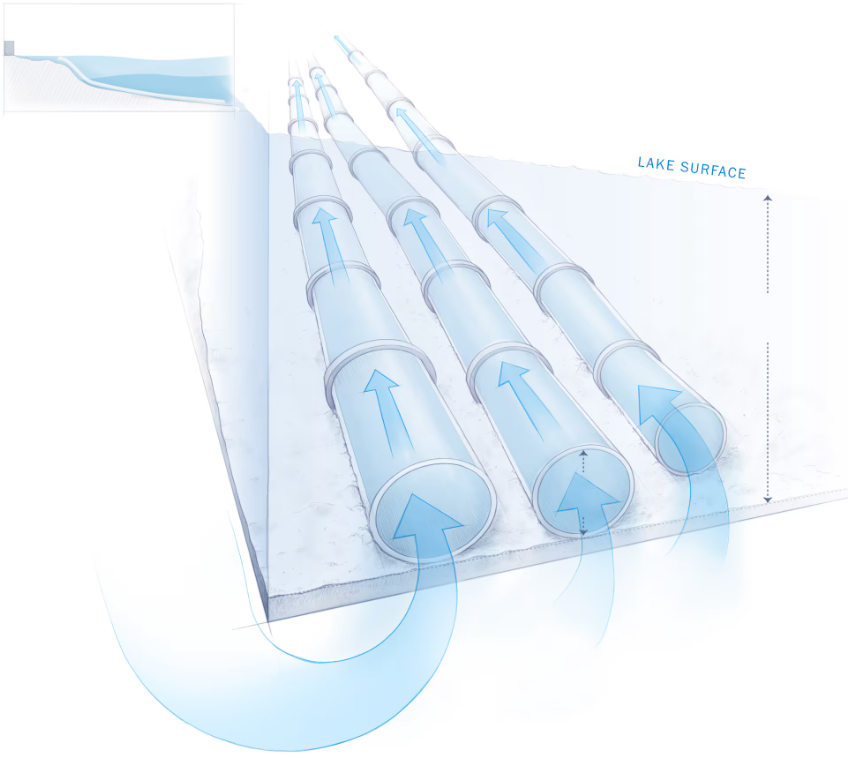
Once the lake water makes it to the city, the DLWC system operates via a series of water loops. There is a loop that moves the lake water; a loop that moves water within the downtown area; and loops in each building the system serves. The water moves itself through these pipes using relatively little energy.
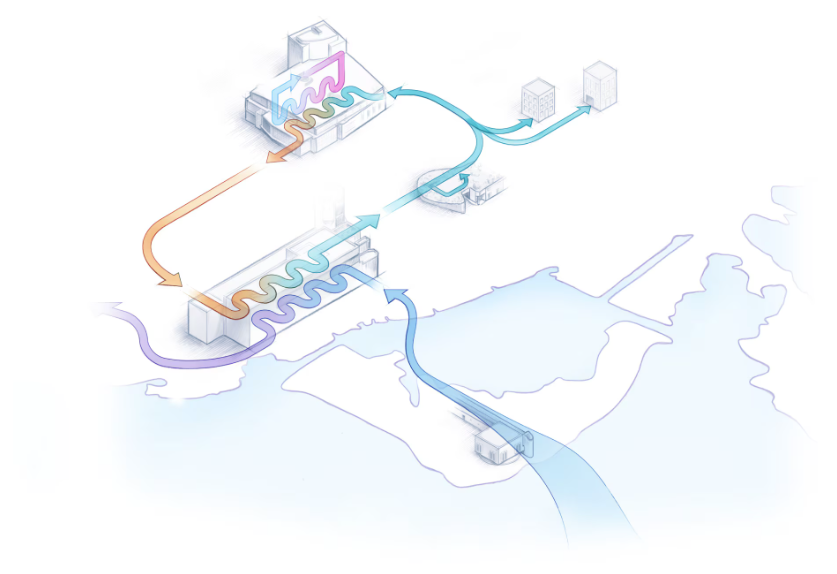
Traditional commercial water-cooling systems often involve towers that evaporate water as a means of expelling heat. DLWC avoids that evaporation, and Enwave estimates that the Toronto system saves roughly 220 million gallons of water annually.
Another way the Toronto system saves is by using largely passive heat exchangers, rather than energy-intensive air conditioners and chillers.
Heat exchangers transfer heat, or coolness, between water loops and are located where those water loops meet — at each customer site and where the lake water pipes meet the city pipes. The latter heat exchanger uses the coolness of the lake water to dissipate heat from the downtown buildings.
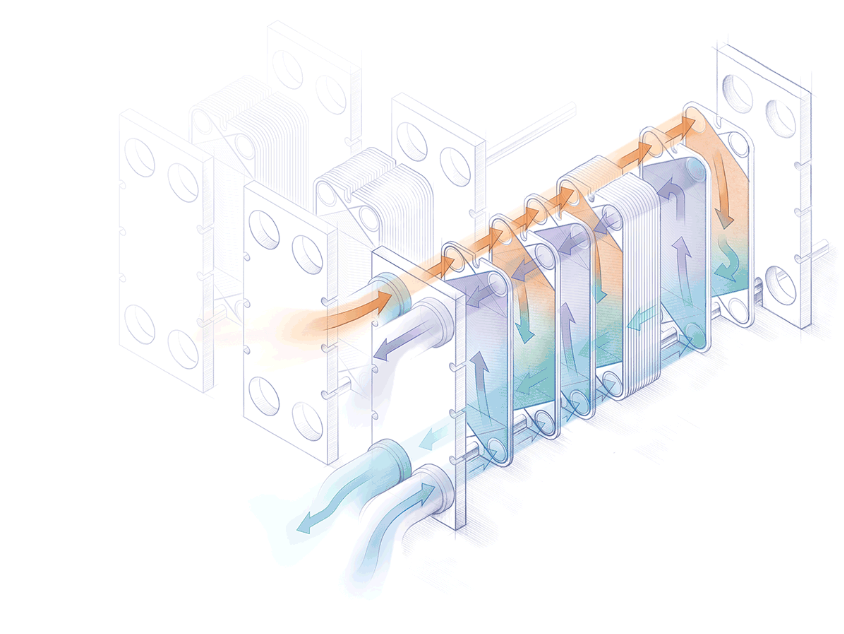
DLWC ultimately allows buildings to consume less electricity. Lamkey says Scotiabank Arena uses some 3 million kilowatt-hours less electricity annually than if it cooled using traditional methods — a reduction of about 70 percent. While he occasionally needs to call in excess cooling from Enwave’s electric-powered chillers, he says it’s rare.
Most of the time, the lake does the job.

Finding suitable conditions for a DLWC system isn’t always simple.
Location is the first hurdle to making the technology feasible. Much of the East Coast of the United States, for example, has a shallow, sloped ocean shelf that makes it difficult to position a system at the depths necessary. There also must be enough cooling demand to justify a system.
Then there are the enormous upfront costs. Cornell University’s lake water cooling system — the largest and oldest in the United States — cost $58.5 million. The investment, though, “has easily already paid for itself,” said Todd Cowen, an engineer at the university, because operating and maintenance costs are so low.
Toronto’s system costs (CAD) $170 million, and unlike Cornell, Enwave needed customers. Lou Di Gironimo, general manager for Toronto Water, says the question was, “Would this be a sustainable economic activity?" But any fears of failure were short-lived. Starting with only a few customers in 2004, Enwave’s DLWC customer base has since expanded rapidly.
DLWC doesn’t come without potential pitfalls. Alex Horne, an environmental engineer and lake expert, points out that if the warmer, nutrient-rich water coming from DLWC systems is released too close to the surface of the lake, it can lead to issues such as blooms of algae, including potentially toxic variants. But Horne, a professor emeritus at the University of California Berkeley, says the fix is fairly simple — discharge the water deeper in a lake and through diffusers in the pipes. “It’s sort of common sense,” he said. “But if you’re a heating-cooling engineer, you don’t think about it.”
There’s plenty of potential for source water cooling to keep growing, said Hermann Kugeler, with Makai Ocean Engineering, Inc., a company that designs and installs piping for the systems. He added that there has also been progress on salt water air conditioning (SWAC), which utilizes ocean instead of lake water as coolant.
While they may not have proliferated on the scale of other types of climate-friendly technologies, DLWC and SWAC systems are now up and running in dozens of locations around the world, from Hong Kong to Bahrain. “I think the big thing is informing people that it exists," Kugeler said. “People don’t know it’s an option.”
Toronto has celebrated the city’s success — not only in the form of DLWC energy savings and a planned expansion, but also with its basketball team. While the team ended up narrowly losing Game 5, it closed out the 2019 NBA title three days later and brought Toronto its first major sports championship in more than a quarter-century.
